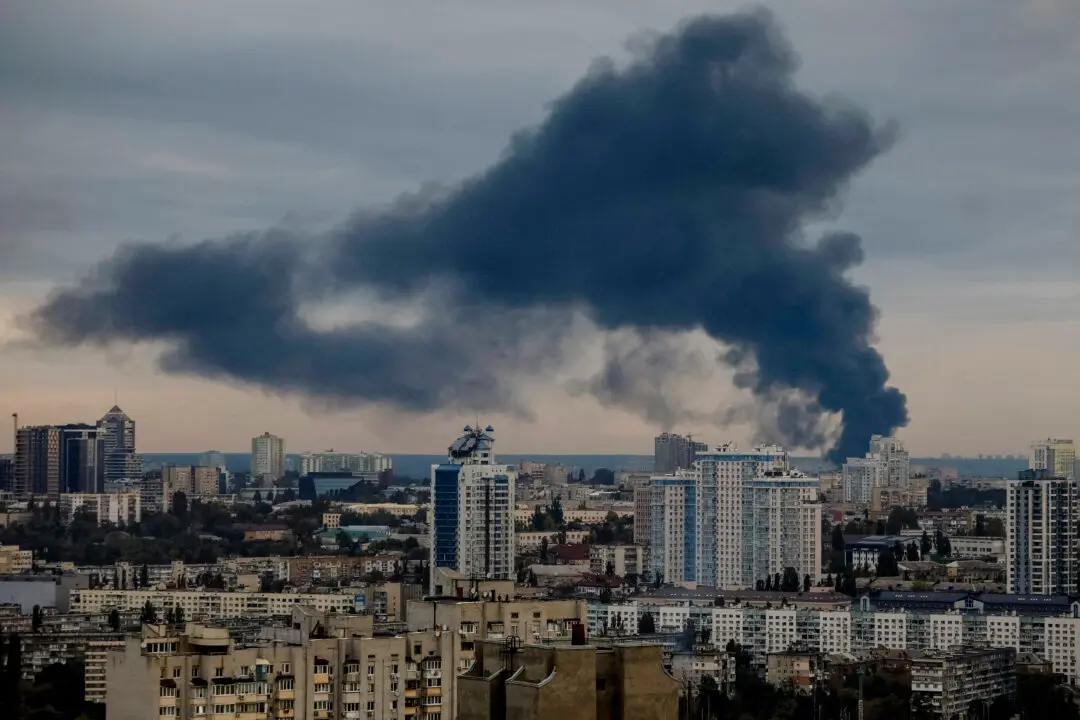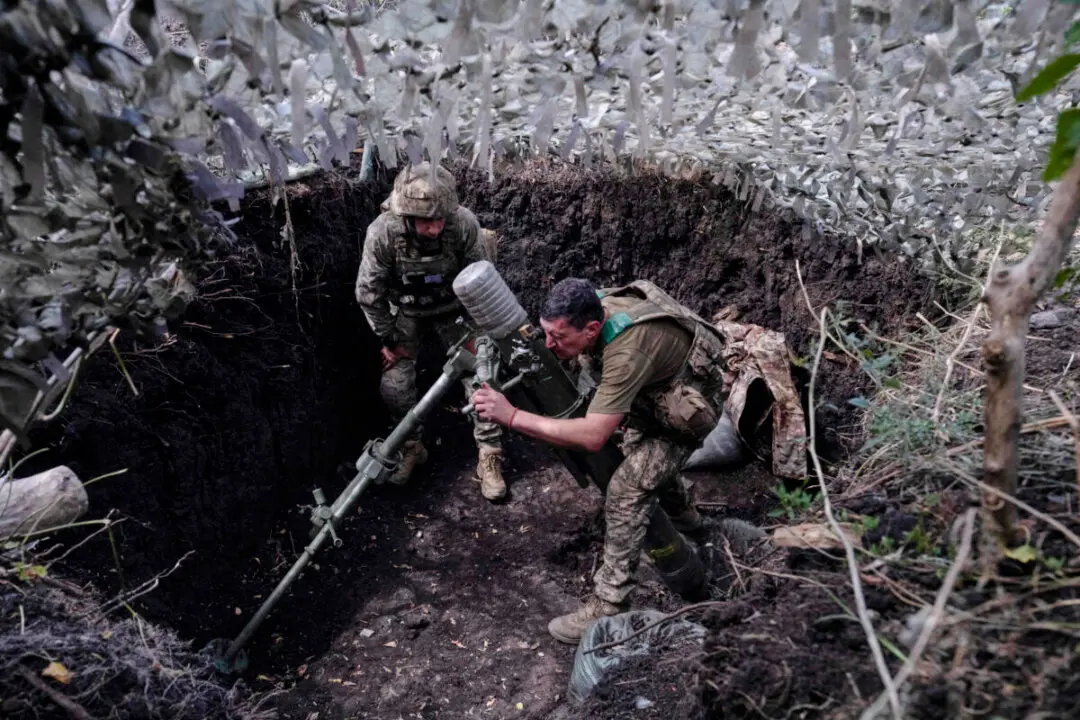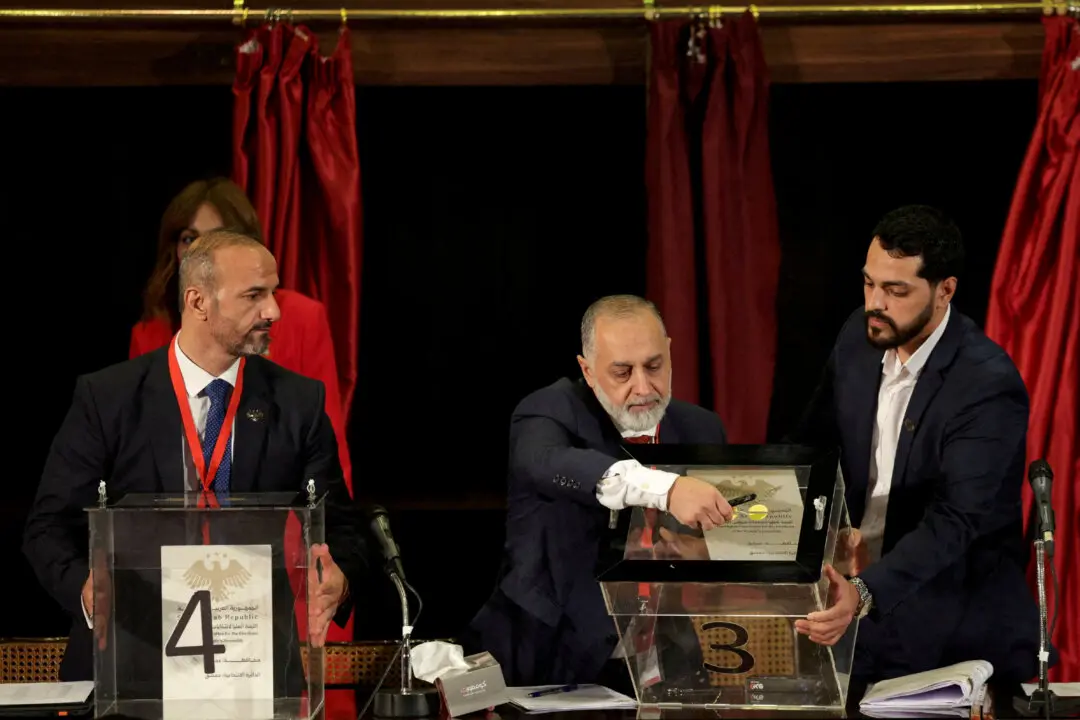Individual NATO members could send troops to Ukraine if the alliance fails to provide Kyiv with security guarantees at next month’s summit in Lithuania, former NATO Secretary General Anders Rasmussen said last week.
“If NATO cannot agree on a clear path forward for Ukraine, there is a clear possibility that some countries individually might take action,” Rasmussen told the British newspaper The Guardian on June 7.





